I am working on a comparison of the fitting accuracy results for the different types of data quality. A "good data" is the data without any NA in the feature values. A "bad data" is the data with NA in the feature values. A "bad data" should be fixed by some value correction. As a value correction, it might be replacing NA with zero or mean value.
In my code, I am trying to perform multiple fitting procedures.
Review the simplified code:
from keras import backend as K
...
xTrainGood = ... # the good version of the xTrain data
xTrainBad = ... # the bad version of the xTrain data
...
model = Sequential()
model.add(...)
...
historyGood = model.fit(..., xTrainGood, ...) # fitting the model with
# the original data without
# NA, zeroes, or the feature mean values
Review the fitting accuracy plot, based on historyGood data:
After that, the code resets a stored the model and re-train the model with the "bad" data:
K.clear_session()
historyBad = model.fit(..., xTrainBad, ...)
Review the fitting process results, based on historyBad data:
As one can notice, the initial accuracy > 0.7, which means the model "remembers" previous fitting.
For the comparison, this is the standalone fitting results of "bad" data:
How to reset the model to the "initial" state?


